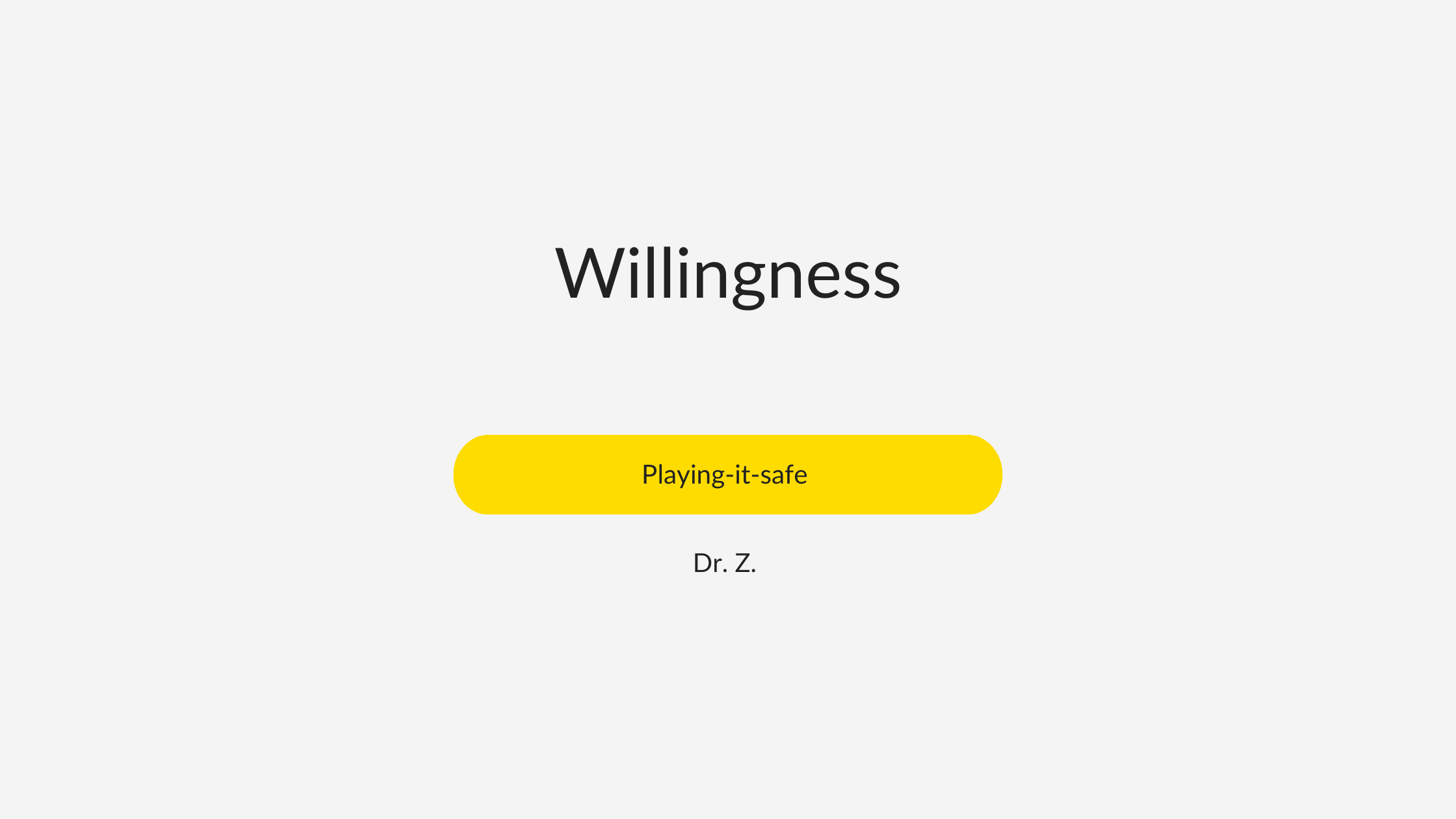
5 Ways to Harnessing the power of values-based exposures
Today’s episode takes off with discussing fears of driving. This is the starting point to examine a key process within acceptance commitment therapy: values-based exposures.
In this episode, you will learn the principles to approach your fears, worries, and anxieties flexibly and in the service of your values.
Brian Thompson, Ph.D. and I covered different ACT skills such as defusion, values, willingness and what you can do if you’re getting stuck in conquering your fears or you’re afraid of starting the process of facing your anxieties.
Key Takeaways
- What is willingness
- How to deal with uncertainty
- What to do when you’re powering through a fearful situation
- What is exposure
- Understanding fear-based reactions and safe behaviors
- Exploring the concept of exposure in overcoming fear
- Dealing with physical sensations during fearful situations
- The role of acceptance and commitment therapy in overcoming fear
- Understanding the concept of willingness in therapy
- Addressing fear of uncertainty and unpredictability
- Introduction to the upcoming book on act-informed exposure for anxiety
- Understanding act and exposure
- Dealing with chronic worry
- Effective problem solving vs. worry
About Brian Thompson, Ph.D.
As a licensed psychologist and Director of the Portland Psychotherapy Anxiety Clinic, Brian specializes in evidence-based treatment for problems related to anxiety, stress, and worry. His specialty areas include obsessive-compulsive disorder (OCD—including Pure “O” and relationship OCD), repetitive hair pulling (trichotillomania) and skin picking (excoriation), and trauma/PTSD. Additionally, Brian works with panic and health anxiety (aka, hypochondriasis).
In Brian’s therapeutic approach, he mainly draws from a newer cognitive behavioral treatment, Acceptance and Commitment Therapy (ACT, said as one word, “act”), which he values for its broad flexibility and commitment to scientific rigor. Additionally, Brian often flexibly incorporates exposure therapy in treatment.
The clients with whom he tends to work best are those interested in an active approach to learning skills to more effectively deal with barriers to living meaningful lives. Much of what he does in the beginning of treatment is to help people learn tangible skills to more effectively relate to their difficulties, clarify meaningful goals and directions, and identify concrete steps that may help you move towards what’s most important to you.

Resources
- ACT-Informed Exposure for Anxiety: Creating Effective, Innovative, and Values-Based Exposures Using Acceptance and Commitment Therapy by Brian L. Thompson Ph.D.
- Portland Psychotherapy website: https://portlandpsychotherapy.com/
- Portland Psychotherapy Twitter: https://twitter.com/Portlandpsych
- Portland Psychotherapy Facebook: https://www.facebook.com/portlandpsychotherapyclinic
Resources from Dr. Z.’s desk
- Approaching your fears using exposure skills
- ACT beyond OCD: an online class to tackle pesky obsessions
Show notes with time stamps
00:31 Understanding Fear-Based Reactions and Safe Behaviors
01:00 Exploring Exposure Therapy and Anxiety
01:09 Dealing with Physical Sensations During Panic Attacks
02:44 Strategies to Manage Anxiety and Fear
03:39 Addressing Intrusive Thoughts and Fears
04:16 Understanding Acceptance and Commitment Therapy
07:33 Exploring Willingness in Therapy
14:28 Addressing Fear of Uncertainty
17:28 Introduction to ACT-Informed Exposure for Anxiety
19:19 Discussing the Book and Its Approach
19:44 Recommendations for Approaching the Book
19:45 Understanding the Process of Exposure
20:38 The Role of Repetition in Exposure
21:37 Handling Chronic Worries and Ruminations
22:12 Using ACT for Chronic Worry
23:11 Writing Imaginal Scripts for Worries
26:13 Effective Problem Solving vs. Worry
26:50 Distinguishing Between Productive and Unproductive Worry






















